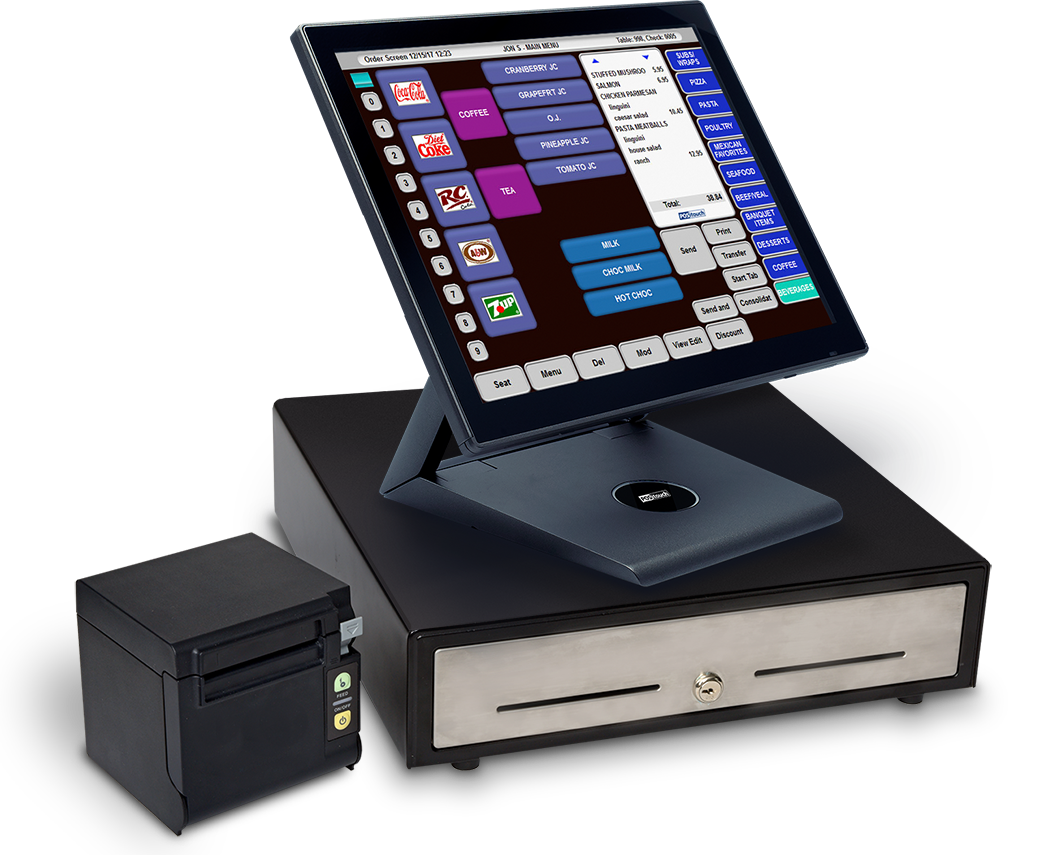In fast-paced commercial landscape, the role of a POS system has transformed significantly, shifting from a traditional cash register to a multifaceted tool crucial for sales, data analysis, and overall business management. Understanding the concept of a POS system is and how it functions can substantially affect how businesses run, whether in retail, hospitality, or online e-commerce. As companies work to boost customer experiences, optimize operations, and leverage data for strategic decision-making, the integration of modern POS systems has become a necessity rather than a luxury.
Out are the times when POS systems were limited to processing transactions. Today’s technologies offer a vast range of features, such as inventory tracking, customer relationship management, and in-depth analytics, equipping enterprises with critical insights to drive growth. As we explore the progression of these systems and discuss their benefits, it will become how they are changing businesses across different industries, making them smarter, more efficient, and better equipped to customer needs. If you are a localized business owner looking for scalable options or a restaurant manager seeking specialized features, understanding the potential of a POS system can place you for success in an ever more competitive market.
Comprehending POS Solutions
POS systems, also known as Point of Sale systems, serve as the backbone of sales transactions in retail and service environments. https://articlescad.com/the-cost-benefit-assessment-of-purchasing-into-a-point-of-sale-system-341459.html allow businesses to process sales, manage inventory, and track customer data, all in real time. A POS system typically includes physical components such as tills, barcode scanners, and card readers, along with applications that manage transactions and generate reports. Understanding how these systems work is essential for any business aiming to enhance operational efficiency and customer service.
The evolution of POS systems from old-fashioned cash registers to modern cloud-based solutions has dramatically transformed how businesses operate. Modern systems offer features like inventory management, sales performance analysis, and customer relationship management integration. These innovations enable businesses to not only process transactions but also gain insights into buying patterns and consumer preferences, allowing for more educated decision-making.
Determining the right POS system can substantially impact a business's overall performance. Factors such as the specific needs of the industry, scalability, and ease of use should inform the selection process. As businesses assess various options, comprehending the benefits and functionalities of modern POS systems becomes important in guaranteeing they select a solution that improves both their operations and client satisfaction.
Choosing the Best POS System

Selecting the appropriate POS system for your business involves comprehending your unique needs and operational requirements. Start by evaluating visit this web-site and the distinct challenges you face, be it in retail, hospitality, or e-commerce. Pinpoint features that will enhance your business efficiency, such as stock control, customer relationship management functions, and reporting capabilities. Consider if you need a mobile POS to facilitate sales on the go or a cloud-based solution for easy access and scalability.
Subsequently, examine the budget you have designated for a POS system. Diverse systems come with different pricing models, including upfront costs, monthly subscriptions, and transaction fees. It’s essential to evaluate the total cost of ownership over time, considering both initial investments and ongoing expenses related to software updates, hardware maintenance, and customer support. Look for options that offer flexibility in scaling your solution as your business grows.
In conclusion, ensure that you prioritize user experience and staff training when choosing a POS system. The system you choose should be intuitive and easy to navigate, reducing the learning curve for your employees. Investing in a system that provides comprehensive training resources and reliable technical support will enhance productivity and employee confidence. By considering these factors, you can identify a POS system that not only meets your current business needs but also positions you for future growth and success.
Securing Security and Adherence
As businesses increasingly depend on POS systems, ensuring the security and adherence of these systems has turned into a top priority. Cyber risks are constantly evolving, and protecting customer information and transaction data is crucial. Adopting robust security measures, such as end-to-end encryption and tokenization, can help protect sensitive data from potential breaches. Additionally, regular security audits and updates are essential to mitigate vulnerabilities and adapt to emerging threats in the digital landscape.
The Payment Card Industry Data Security Standard (PCI DSS) mandates strict compliance for businesses that process credit cards. Familiarizing yourself with these standards is vital to avoid hefty fines and reputational damage. Compliance involves implementing specific security protocols, upholding a secure network, and regularly testing security systems. Ensuring that your POS system meets these requirements not only protects your business but also instills trust in your customers.
Educating staff on security best practices is just as important as technical measures. Employees should understand the significance of safeguarding customer data and be aware of common security risks, such as phishing attacks and data breaches. Continuous training and awareness programs can enthuse your team to take an proactive role in maintaining security, eventually contributing to a more safe POS environment that benefits both your business and your customers.
